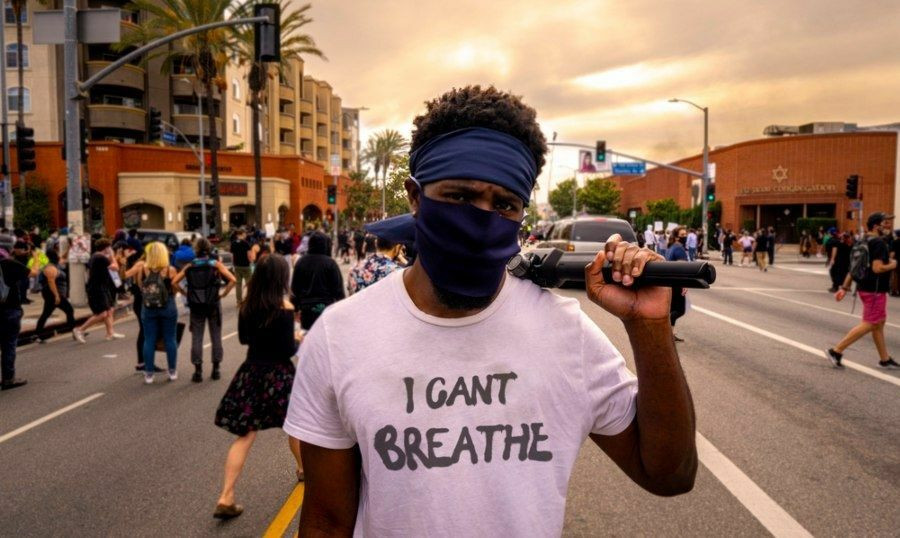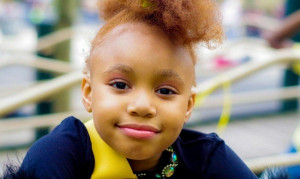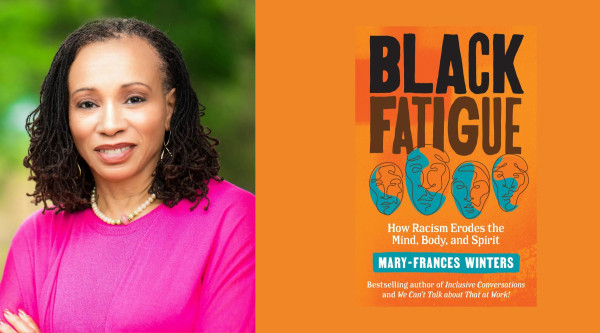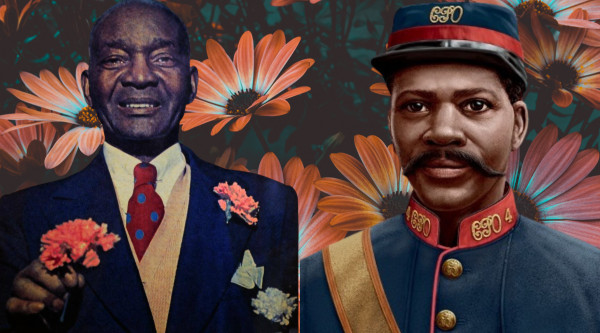A stubborn moral irritant that simply requires hardy dialogues and cross-cultural potlucks. However, to broach the insatiable echoes of Eric Garner and George Floyd rasping ‘I can’t breathe’ requires an understanding of the violence that is inordinately mapped onto Black lives that cannot be simply talked away nor commodified ‘one dish at a time’. In fact, far from accidental or incidental, anti-Black racism was birthed to sustain white supremacy by design.
In the wake of countless innocent deaths, it has become abundantly clear to most of us that anti-Black racism serves as the fleshy fuel sustaining racial violence. As Rankine (2015) succinctly articulates,
‘there[‘s] no mode of empathy that can replicate the daily strain of knowing that as a Black [non] person you can be killed for simply being Black: no hands in your pockets [Tamir Rice], no playing [loud] music [Jordan Davis], no sudden movements [Freddie Gray; Antwon Rose; Eric Osawe], no driving your car [Sandra Bland; Walter Scott], no walking at night [Laquan McDonald], no walking in the day [Michael Brown], no turning onto this street [Mya Hall; Miriam Carey; Auhmad Aubrey], no entering this building [Akai Gurley], no standing your ground [Philando Castile; Kathryn Johnston], no standing here [Alton Sterling], no standing there [Yvette Smith; Rekia Boyd], [...] no playing with toy guns [Tamir Rice], no living while Black’[D’Andre Campbell; Machuar Madut; Charleena Lyles; Breonna Taylor; Regis Korchinski-Paquet; Andrew Loku; Pierre Coriolan; Marcellus Francois].
Behind all the niceties of the liberal “let’s just converse” mindset lies a sense that racism is incidental and accidental. Behind the smiles and open arms, there tends to live a fundamental belief that holds Modernity, and in many ways white supremacy, to be “savable” as though it was simply a wrong turn in the post-enlightenment civilizational march that has led to the horrors of enslavement, lynching, colonialism as well as structural-and-institutional racism. Moreover, liberal multicultural logic that attempts to make sense of racialization do so solely through an understanding of difference or particularity.
Blatantly missing from this argument, as many Black Studies scholars tell us, are the ways that these liberal logics fail to take seriously “anti-Blackness” and white supremacy as organizing principles that co-construct the grounds of life and worth. Put differently, the ethos of liberté, égalité & fraternité that white civility stands upon has been erected on logics of anti-Blackness and white supremacy, and consequently the death and subjugation of Black, Brown, and Indigenous peoples.
And so, the construction of Blackness was made NOT TO MATTER by design, providing the basis for whiteness to assert itself as that which MATTERS above all. The fact-of-Blackness, as Fanon tells us, is to be made to live a life for another. Similarly, Wilderson contends that “without the Negro, [white] capacity to itself is incoherent [and] uncertain at best” reinforcing the certainty that Black lives offer whiteness.
With chattel slavery and the rise of Europe on the imperial stage, Blackness became the 'anti-matter' to the 'matter' of whiteness. Through a dual process of emptying the African, and bloating the Negro, “new interpretations could be placed” - interpretations that manufactured fictions about the inferiority of Blackness. In turn, whiteness comes to construct itself as the personification of life (eros) - and Blackness the storehouse of death, terror, and decay.
Black bodies did not only come to be located in the social imagination as the ultimate representation of otherness, but also came to represent "DEATH" itself.
Afro-pessimist thinkers tell us that the implicit and seemingly incoherent terror (take for instance the railing of "Karens") that the Black body has come to elicit is directly connected to systematic conditioning tying Blackness with death, terror, and decay.
Borrowing from another Afro-pessimist thinker, Warren (2018) writes, “what is hated about Blacks is this nothingness [death]".
He continues to assert that Blackness has been made to embody "the ontological terror [of death] for the production of Modernity, for white supremacy."
Similarly, Sharpe (2016) writes, “we, Black people, become the carriers of terror, terror’s embodiment, and not the primary objects of terror’s multiple enactments; the ground of terror’s possibility globally.” Here it becomes apparent that "whiteness as plenitude is [...] constituted by Blackness as lack” (Weheliye 2014).
And so, as the site of “death”, “terror”, "decay" and "lack", the Black body becomes a storehouse for irrational white anxieties around mortality and incapacity. Effectively then, conquering and subduing Blackness comes to personify the conquering and subduing of the ultimate enemy, death.
The dialogue-and-potluck approach to anti-racism work cannot effectively grapple with the violence that has resulted in countless Black deaths, however well-meaning the allyship, without grounding anti-Blackness in a deeper analysis, an analysis that links anti-Blackness to the very formation of the post-enlightenment world order.
So, anti-Blackness is not accidental just as much as colonialism is not incidental. These are historical developments that provided the fuel for all the privilege and prosperity we see today. This duality of Modernity to produce unimaginable violence for some and unmatched prosperity for others is the grand narrative within which anti-Black racism exists. Any sustained action for social justice has to grapple with this uncomfortable truth.

 By Beatrice Anane-Bediakoh and Nadiya N. Ali
By Beatrice Anane-Bediakoh and Nadiya N. Ali 








